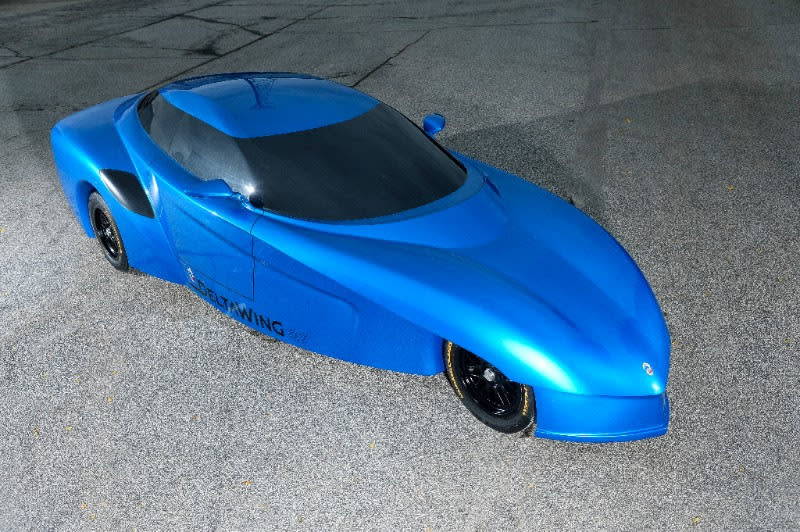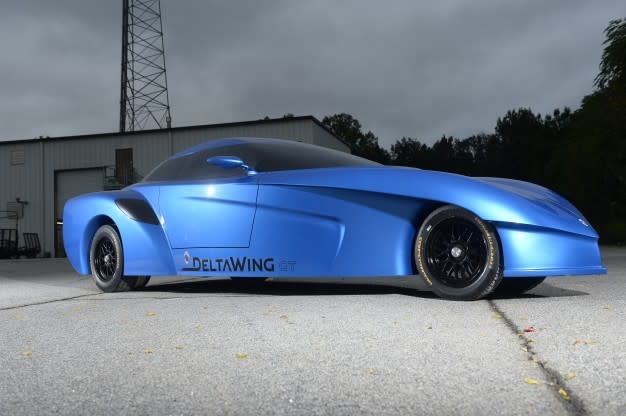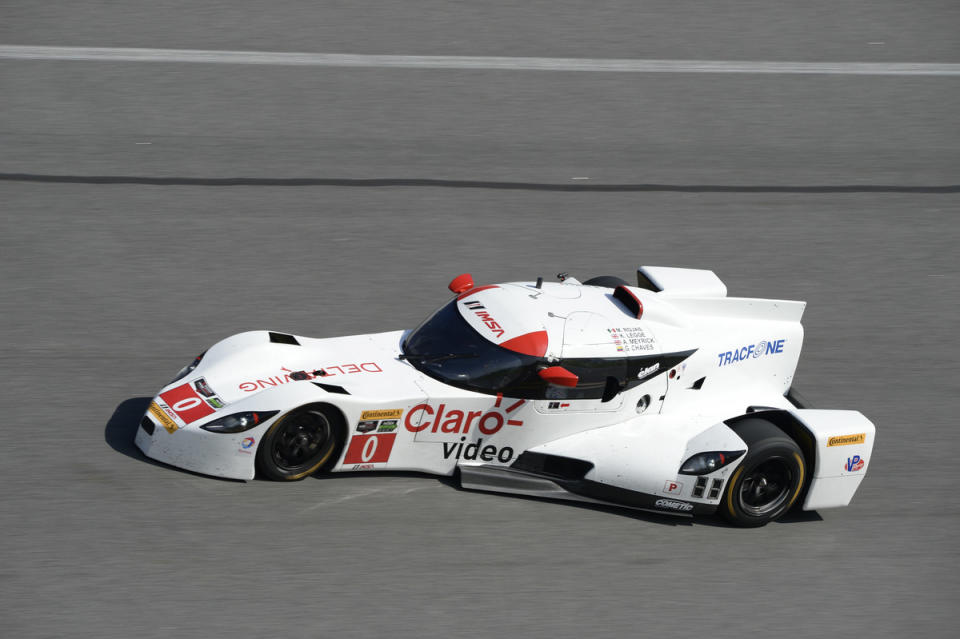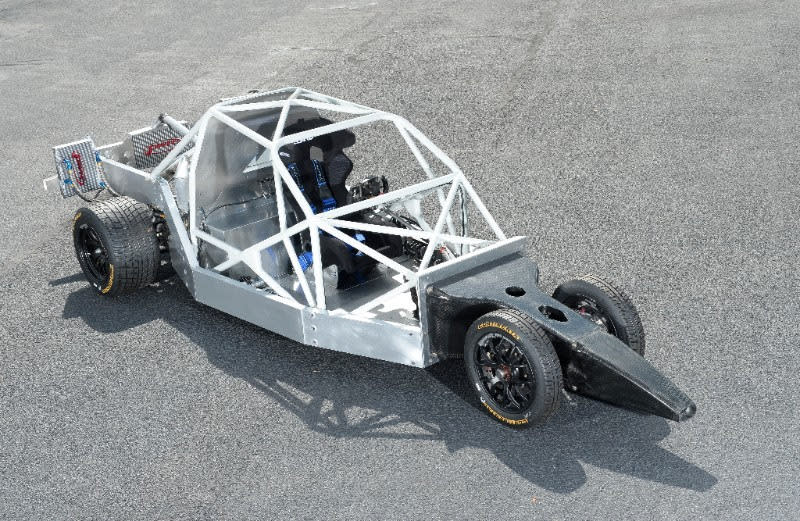DeltaWing Unveils Radical Street Legal Concept

The DeltaWing was first unveiled in February 2010. Designed by the “Doc Emmett Brown” of racing, a fascinating and wonderfully talented man named Ben Bowlby, it was heralded as the future of motorsports—a radical concept that would change everything.
Only, it didn’t change everything, or at least it hasn’t yet. And while Bowlby is long gone—now embedding his wacky ideas into Nissan’s Le Mans prototype—the company remains on the racetrack with its updated DeltaWing coupe. A few months back it even announced plans for a GT-style DW race car, set to arrive soon and compete against Corvettes and Ferraris, along with a street-legal version yielding unprecedented fuel economy meshed with the race car’s radical look.
Today we get to see the latter in concept form: Meet the road-going DeltaWing GT.

Before we dig into the details, first we need to understand the theory behind the original race car. Below you see a picture. What’s evident is the narrow front track, appearing as more missile than car. That’s the point, developing a machine that’s cuts through air unlike anything else, meaning it can make do with half the power of its rivals and yet still boast the same speeds on the straights. From a driver’s standpoint, it drives like any other race car (just don’t forget about that wide rear end).

On track, this equates to stellar aerodynamics, while on the road the potential lies in improved fuel efficiency. DeltaWing’s testing suggests that, in theory, the street legal car could deliver 74 mpg on the highway and 57 mpg combined, reducing emissions by up to 42 percent, besting most everything on the road that’s not powered by electricity. Per DeltaWing, the concept could “accept virtually any current or future transverse engine powertrain and deliver significant fuel savings and green benefits when compared to traditional vehicle designs.”
In its current form of testing, the DeltaWing GT’s drag coefficient is at 0.26 Cd; impressive, given a sleek Chevy Volt manages 0.28. And yet Mercedes has just revealed a concept that transforms from 0.25 to 0.19 Cd at the touch of a button—an adaption Mercedes calls “intelligent aerodynamics.” With that, Mercedes didn’t proclaim the same lofty efficiency targets the DeltaWing team has, although Mercedes did state notable improvements (in electric mode, for example, range would extend from 39 miles to 41 miles). However the German automaker’s concept likely weighs a lot more than, what we’d expect, a svelte sports car from DeltaWing would weigh, but we’ll need more details before we can truly understand how these estimated numbers are achieved.
On track the race car has mostly been proving its worth, managing comparable lap times with its 4-cylinder, 350 horsepower motor to that of the 600 horsepower V8 competition. Having led laps in the last race of the TUDOR United SportsCar Championship in Austin the other week, to a degree, that mission has been accomplished. The next step is to test the DeltaWing GT Race Car (the chassis of which you see below), something that is expected to occur imminently and will compete alongside the prototype-classed DeltaWing coupe.

As we look to the road car, the challenge, like with the race program, will be public acceptance—only here it will need people to actually buy them. If the estimated price tag of $27,000 to $30,000 for the four-seater turns out to be correct, that task may become a little easier; rumors suggest a 350-horsepower, $60,000 two-seater could also be in the works. When will we see the missile-like DeltaWing road car on city streets? That’s a question we can’t yet answer, but we’re excited to find out.

 Yahoo Autos
Yahoo Autos 